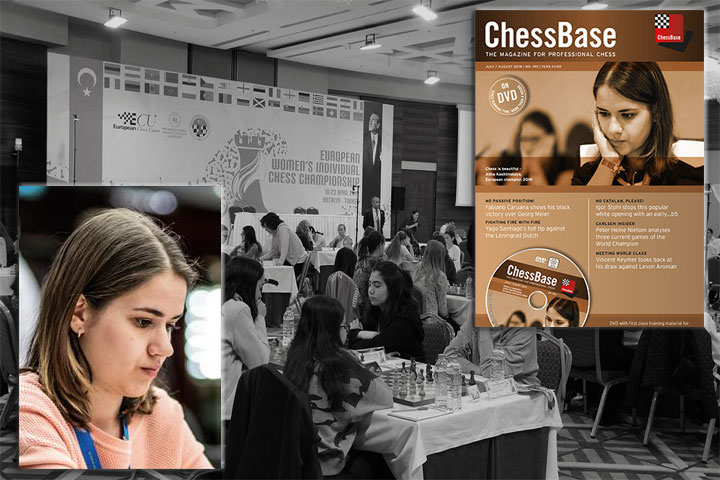How a Grandmaster is mated
The little kid had just learnt moves. “How long does it to take to find mate?” He asked. “No more than four moves. But remember, it does not happen in real life.” Years pass, he grows up and is now a young grandmaster. One day he meets a lovely lass and he asks, “How long does it to take to find one’s mate?” “None whatsoever!” she replies gaily and he tips his king in resignation. For once, the loser is as happy as the winner. How a 2700+ GM came to be mated without making a single move remains a mystery. Alpha Zero is still trying to figure that out!
Now who is the lass that captured the heart of our grandmaster? Alina Kashlinskaya! Recently she won the European Women’s Championship in a field of 130 players. In this issue she annotates her game with Pauline Guichard. Her annotations deserve to be read both for her insight and self-criticism.
A challenge for young readers
Before you see the game itself, here is a little test for young readers: The following position did not occur over the board, but it sets a minefield. Black has just played 41…♜e2. How should White respond?
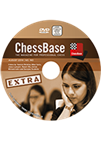 New: A rich "lucky bag", filled among other things with "Carlsen's Kalashnikov", opening videos by Yannick Pelletier (English) and Jonas Lampert (German). Plus about 40.000 games for your database.
New: A rich "lucky bag", filled among other things with "Carlsen's Kalashnikov", opening videos by Yannick Pelletier (English) and Jonas Lampert (German). Plus about 40.000 games for your database.
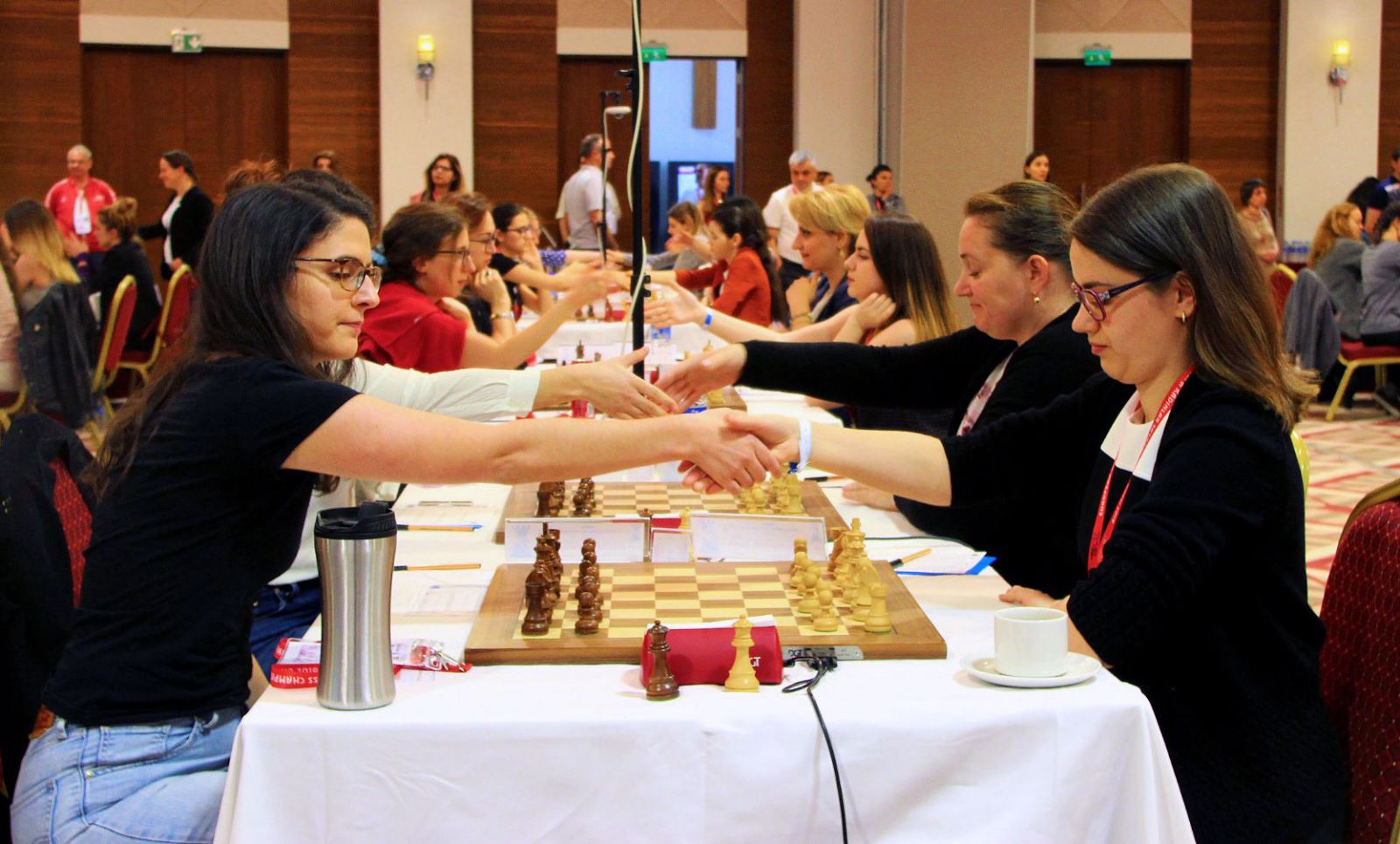
Kashlinskaya vs Guichard | Photo: Başak Göktaş / Turkish Chess Federation
Here I have given it with my own commentary for young readers not familiar with opening theory.
A fascinating battle! In fairness to Pauline Guichard, it may be mentioned that she was less prepared. The French Women’s Champion is a busy doctor.
What did Ushenina miss?
The tournament was not a cakewalk for Alina, though. In the 8th round she blundered in her game with Anna Ushenina. Fortunately for her, Ushenina did not even notice and the game was drawn. Here is the position and our young readers have to find the little tactic that would have won for White. Try to play against the diagram!
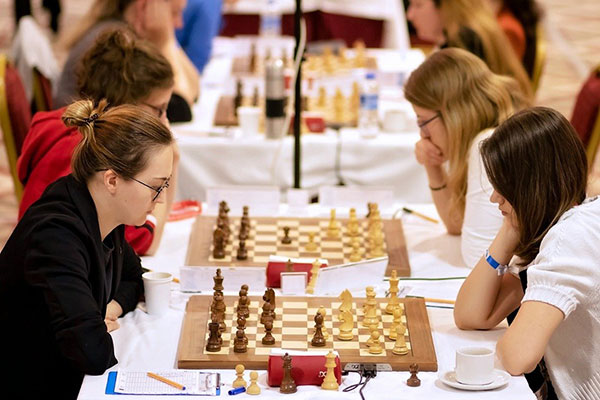
Kashlinskaya vs Ushenina | Photo: Russian Chess Federation
“The Nimzo is not part of Anna Ushenina’s repertoire. So she did not see the win right out of the opening,” commented Alina in an interview with 64 Chess Review Magazine. A moment of reflection would have told her she did not understand it either. Otherwise, she would not have drifted into a lost position with White that soon.
Young players often assume, the Nimzo-Indian is all about slow manoeuvring with doubled pawns. This game should disabuse them of such notions. The Nimzo can lead to very sharp positions that look deceptively simple.
For the record, Ushenina was undefeated and dogged by draws; she only scored 7½ out of 11.
Anyway, Alina’s troubles began when she faced Inna Gaponenko in the next round.
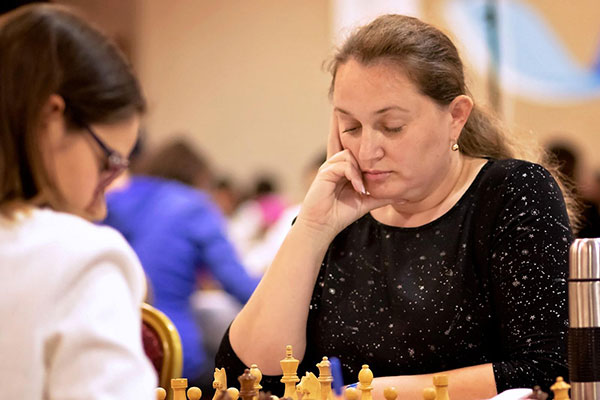
Inna Gaponenko | Photo: Russian Chess Federation
As she recalled later, “Gaponenko offered a draw on the 10th move and I refused. She did it literally in the 6th minute of the game and I thought it would be wrong to accept such an offer…” As it turned out, Alina played badly and lost. She was utterly devastated. However, help was on hand and her parents spoke to her. More importantly our grandmaster (now her spouse and soul-mate) provided the healing touch. Later she was to confess, “He consoled me and brought me around.”
With two rounds remaining, Gaponenko was the sole leader. The 42-year-old veteran from Ukraine was very tired after her Herculean labours in the previous rounds. When she faced Marie Sebag she did not want to take chances and offered a draw as early as the ninth move. The latter also wanted to play it safe, and they signed a peace treaty.
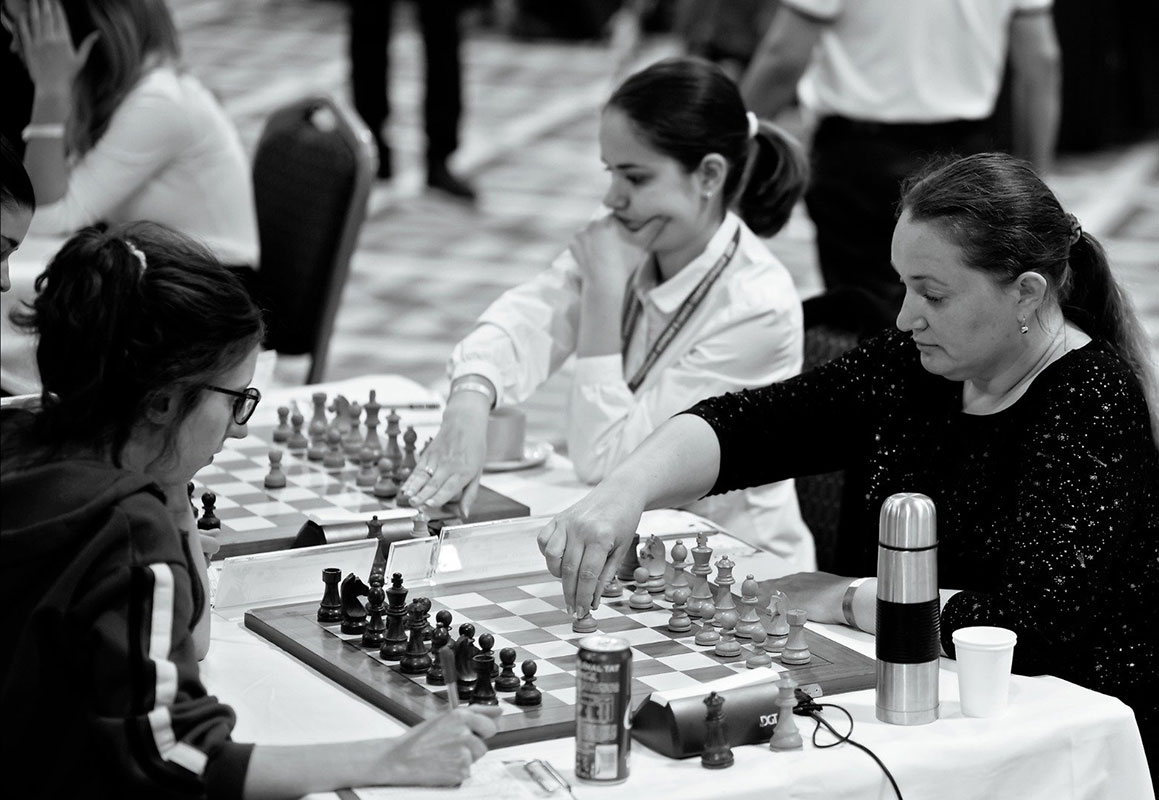
Gaponenko vs Sebag | Photo: Kasia Selbes / Turkish Chess Federation
But Kashlinskaya was determined not to let it go and played for a win against Bodnaruk. Her effort was rewarded, and she was back in contention for the prize before the final round. But it was Gaponenko that many expected to win the championship title, until tragedy struck. She suffered a disaster against Antoaneta Stefanova who kept her nerve in a positional battle. Meanwhile, Kashlinskaya made a safe draw with Pia Cramling.
At the end of the event, five of them scored 8/11: Alina Kashlinskaya (Russia), Marie Sebag (France) Elisabeth Paehtz (Germany), Irina Gaponenko (Ukraine) and Antoaneta Stefanova (Bulgaria). On tie-break the first three qualified and the last two were left in the cold.
Elisabeth Paehtz and her fateful moment
Of the five players who ended on eight points, Paehtz was the only one who remained undefeated. Fate also played its role in her participation in this tournament. She wrote in Face Book, “Life is sometimes a matter of too many coincidences. I planned to play the Gamma Open in Iceland, then wow air got bankrupt and my flight was gone... A new ticket was quite expensive and I decided to take it as a sort of sign switching my plans and fight at the European Women's Championship. 8/11 unbeaten and 3rd place. Well, nothing to complain but proud to suffer one of the most common chess illnesses: Superstition!”
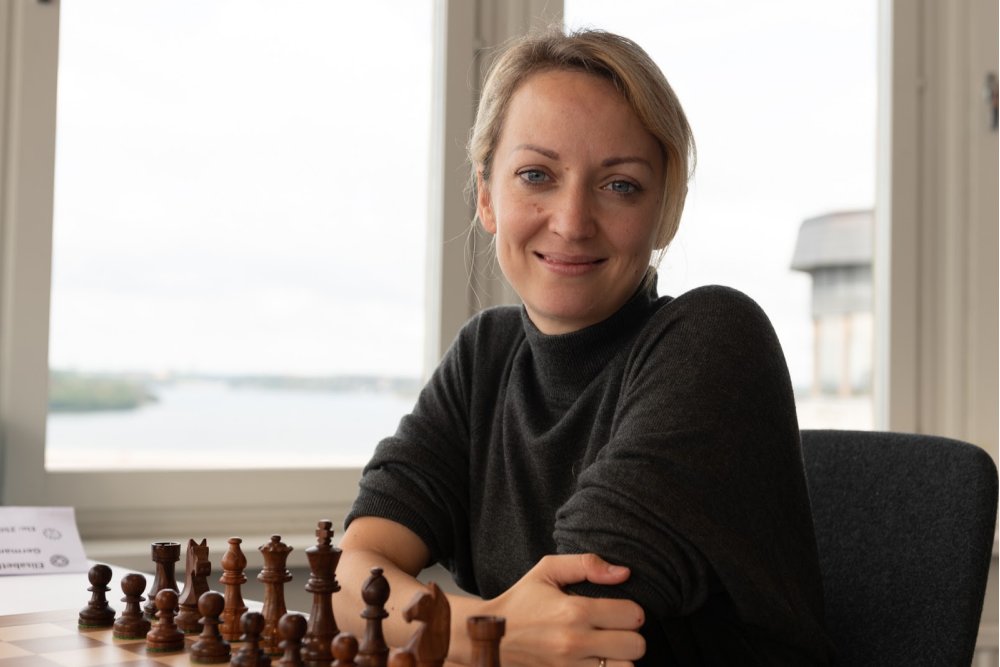
Elisabeth Paehtz | Photo: Lars OA Hedlund
Paehtz had her moment of misfortune in the following position. White’s attack looks dangerous, but Black can still consolidate and win. She missed it in the heat of the battle. The test for young readers is to find out how she could have won.
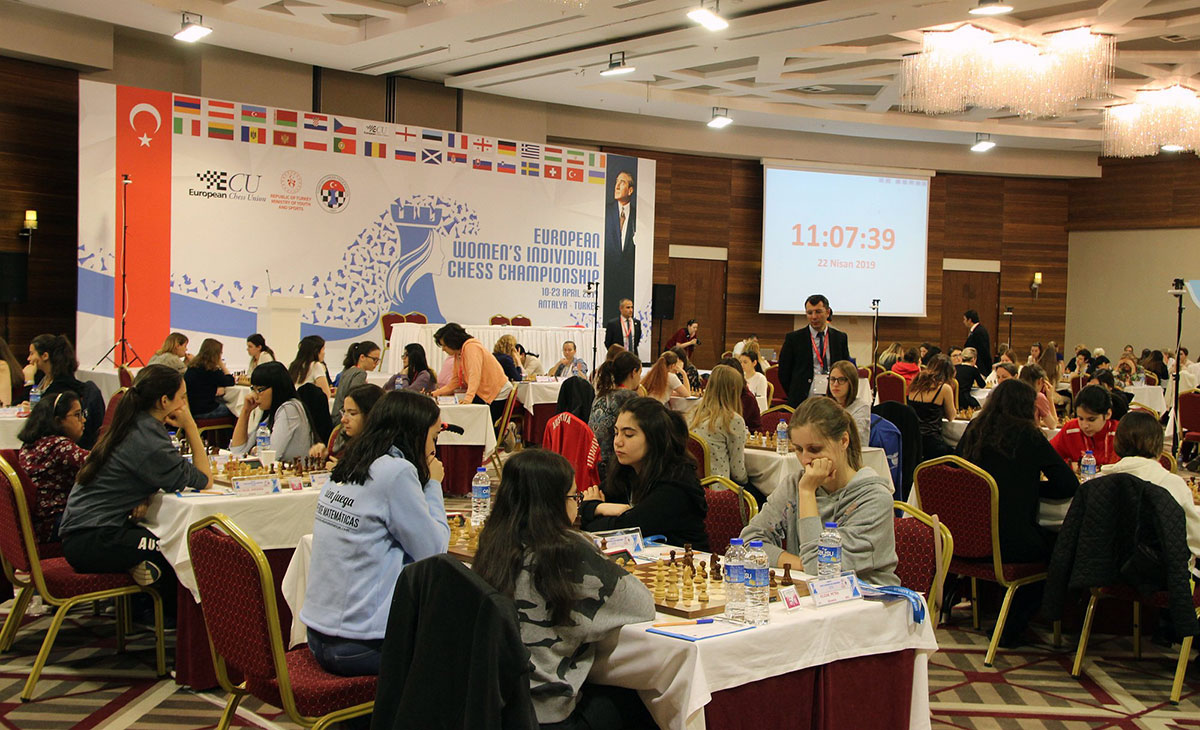
The playing hall | Photo: Başak Göktaş / Turkish Chess Federation
This was a fiercely competitive event with 130 players from several lands, Russia, France and Germany among others. Quite a few experienced players like Alexandra Goryachkina, Nana Dzagnidze and Sophie Milliet fell by the wayside. Since then, Goryachkina has redeemed herself by winning the Candidates’ Tournament for Women’s World Championship. We shall return to that feat in the coming days.
Among the also-rans, Melanie Lubbe lived dangerously and lost her game with Polina Shuvalova. When you see her annotations you understand why she took such great risks and what went wrong. Two other games are also deeply annotated: Marie Sebag-Bela Khotenashvili and Monika Socko-Zeinab Mamedjarova.
Both Sebag and Socko pay a lot of attention to opponents’ chances and explain how their play could have been improved.
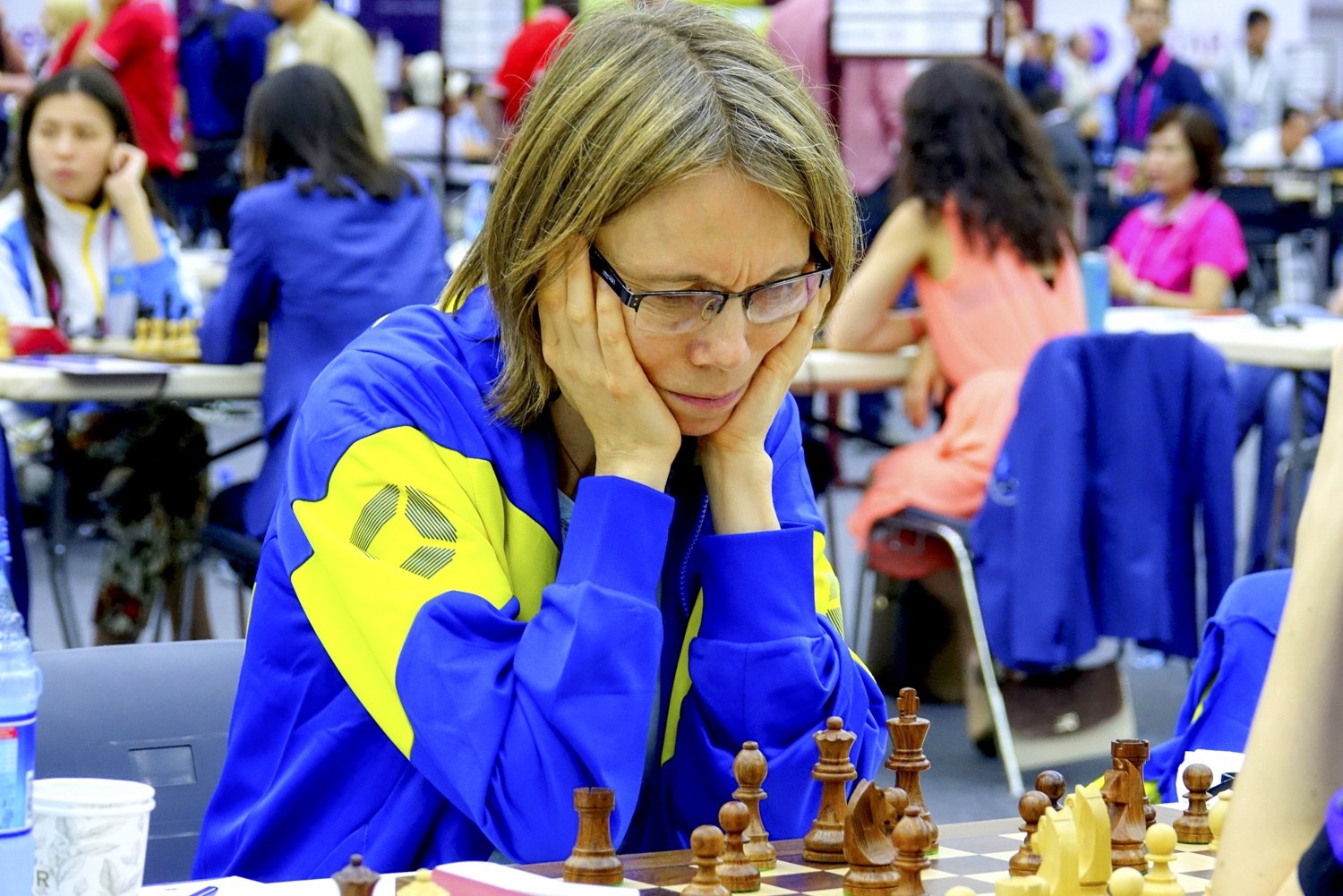
Pia Cramling in Baku, 2016 | Photo: Swedish Chess Federation
Among the veterans Pia Cramling shone and her score could have been higher but for a momentary lapse with Elina Danielian. In this issue she annotates her game with Beydullayeva. Don’t miss her other games, though.
Note: As is known, one game, Maria Gevorgyan-Deimante Cornette acquired notoriety in this event. The player with White pieces resorted to castling on the queenside only neither she nor her opponent remembered that she had moved the queen's rook back and forth from a1. Play continued and she even went on to lose. This issue has only the first moves and the next, an illegal move is not recorded. Perhaps an explanation to that effect could have helped.
Analyses by Caruana, Nepomniachtchi, Anand, Kashlinskaya, Wojtaszek, Navara, Meier, Keymer etc. from recent top-class tournaments. Videos by King, Trent, Pelletier and Marin. 12 opening articles with new repertoire ideas and much more!
Links
